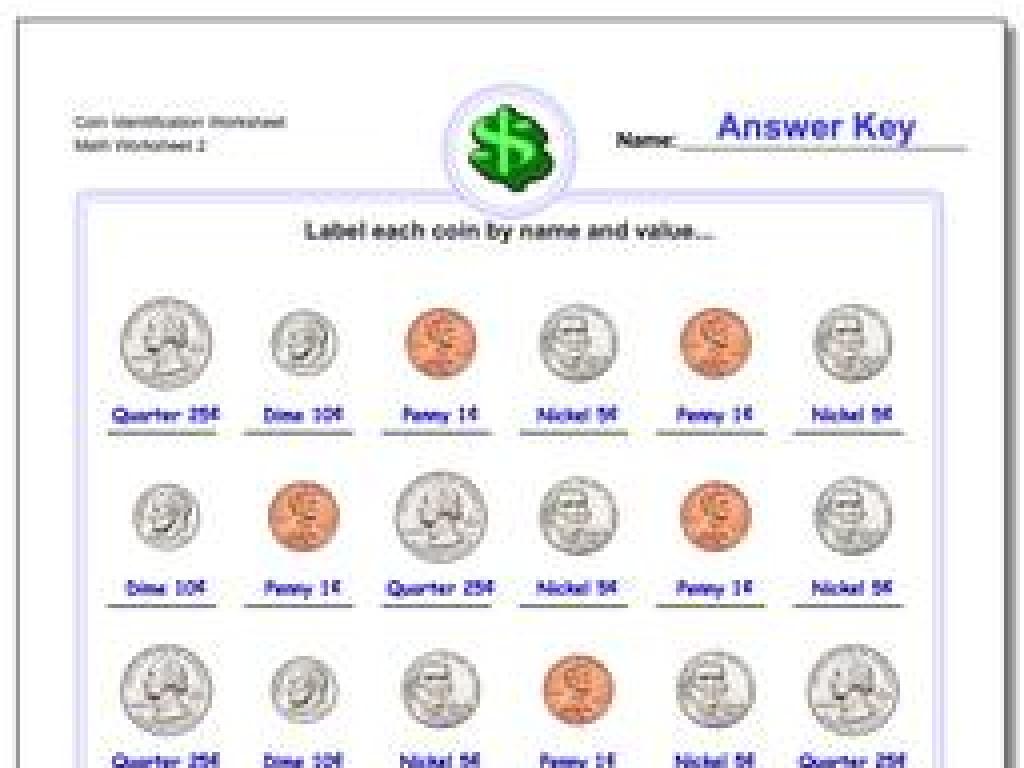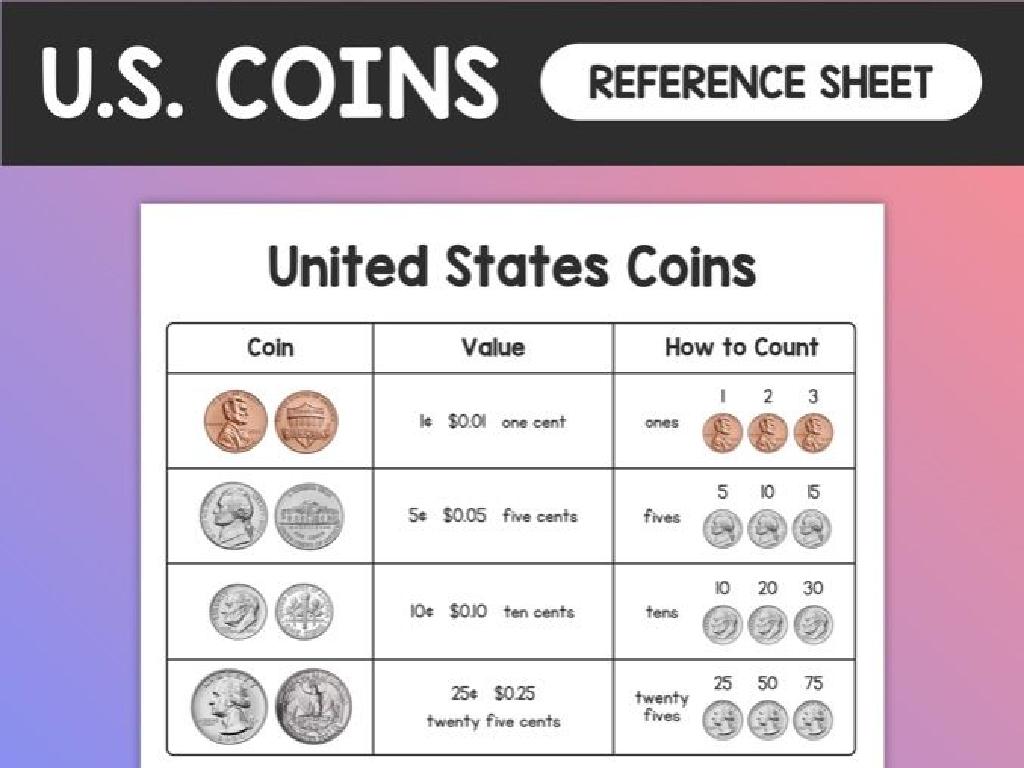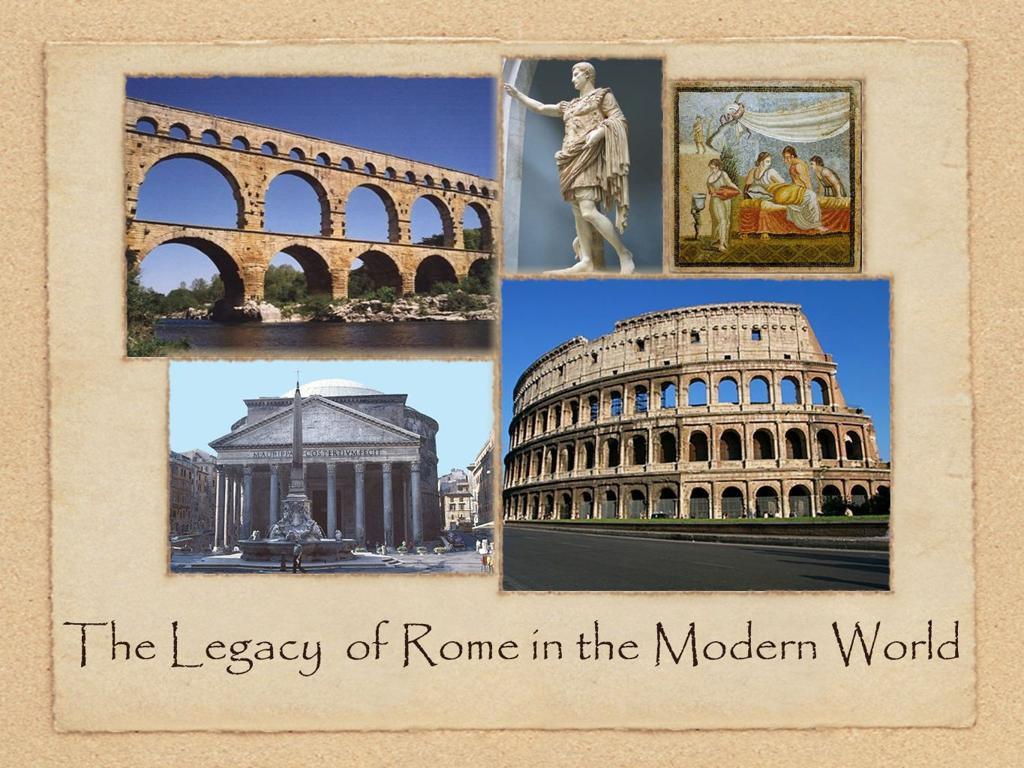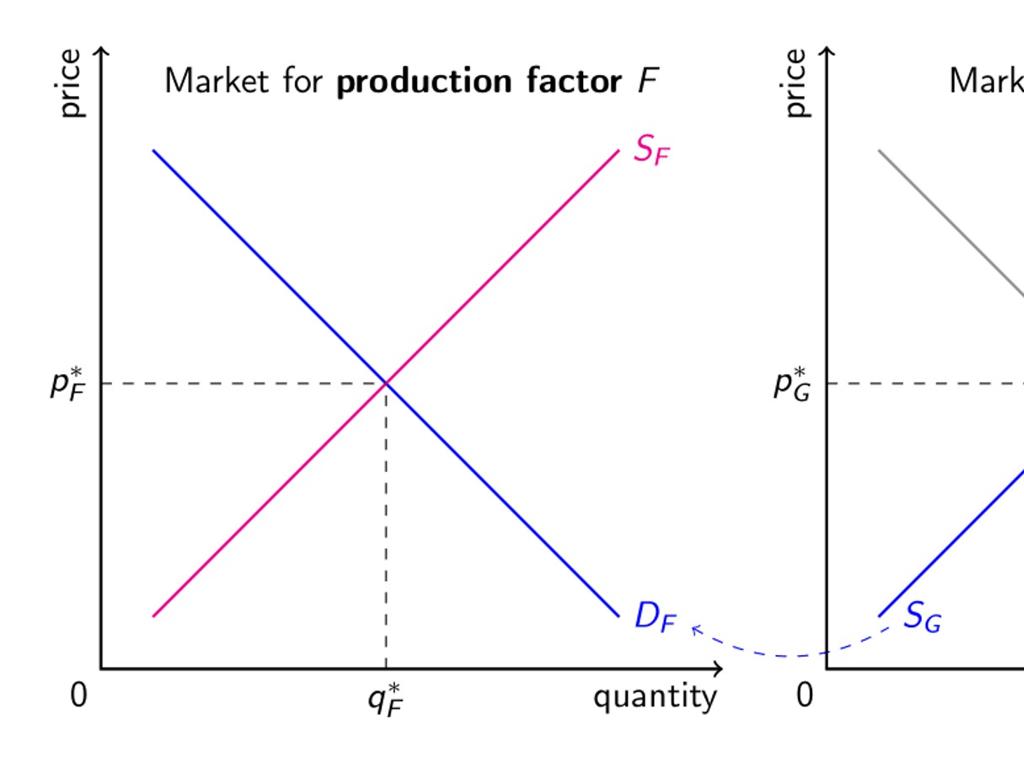Add Two Numbers - Sums Up To 10
Subject: Math
Grade: Kindergarten
Topic: Addition Up To 10
Please LOG IN to download the presentation. Access is available to registered users only.
View More Content
Welcome to Addition!
– Learning to add numbers
– Addition makes numbers bigger
– Like 2 teddy bears plus 3 more makes 5
– Practice with numbers up to 10
– We’ll add 1+1, 2+2, and more until we reach 10
– Fun addition activities
|
This slide introduces the concept of addition to Kindergarten students. Start by explaining that addition is a way of combining two or more numbers to get a new, bigger number. Use tangible examples like toys or snacks to illustrate this point. For instance, if we have 2 apples and we get 3 more, we now have 5 apples in total. Encourage the children to use their fingers to add numbers together, as this is a relatable tool they always have with them. Plan a series of fun activities where students can practice adding different pairs of numbers together to make sums up to 10. This could include using blocks, drawing, or interactive games. The goal is to make the learning process as engaging and hands-on as possible.
Learning to Add: Numbers Up to 10
– What is addition?
– Putting together numbers to make a new number
– Adding makes numbers bigger
– When we add 2 and 3, we get 5, which is more than 2 or 3
– The ‘+’ sign means add
– We use ‘+’ to show we are adding, like 4 + 1 equals 5
– Practice with numbers 1-10
– Let’s try adding numbers that make sums up to 10
|
This slide introduces the concept of addition to Kindergarten students. Start by explaining that addition is the process of combining two or more numbers to get a new number. Use simple language and real-life examples, such as adding toys together to show that the total number of toys increases. Show the plus sign and ensure students recognize it as the symbol for addition. Finally, engage the students with hands-on practice by adding numbers from 1 to 10, using objects like blocks or counters to visually demonstrate the concept. Encourage the students to participate and try simple addition problems on their own or with a partner.
Adding with Objects
– Use objects to add numbers
– Example: 2 apples + 3 apples
– Starting with 2 apples, add 3 more and count all the apples.
– Count together for total
– After adding, we count 1, 2, 3, 4, 5 apples in total!
– Understand addition visually
– Seeing the objects come together helps us learn addition.
|
This slide is aimed at helping Kindergarten students understand the concept of addition by using tangible objects like blocks or apples. By physically manipulating these items, students can visually see the result of adding two groups. Start with two apples and add three more, then count all the apples together to reinforce the concept that addition is combining two sets of items. This hands-on activity is crucial for young learners as it helps them to concretize abstract mathematical concepts. Encourage the students to participate in counting and to visualize the addition process. This method also lays the groundwork for understanding more complex mathematical operations in the future.
Adding Numbers Up to 10
– Numbers add up like objects
– Write addition: 1 + 4 = 5
– Example: If you have 1 apple and get 4 more, how many now?
– ‘Sum’ is the answer
– When we add 1 and 4, the sum is 5
– Practice with different numbers
– Try adding 2 + 3, or 6 + 4 and find the sums
|
This slide introduces the concept of addition to Kindergarten students by relating numbers to objects they are familiar with, like apples. Start by explaining that adding numbers is similar to combining groups of items. Use simple examples to show how to write an addition equation. Clarify the term ‘sum’ as the result of adding two numbers. Encourage the students to practice with different pairs of numbers that add up to 10 or less, using objects or drawings to visualize the concept. Provide guidance and ensure they understand that the order of numbers in addition doesn’t affect the sum.
Let’s Practice Adding!
– Try addition problems together
– Example: 3 + 2 = ?
– Like 3 apples + 2 apples
– Count to find the sum
– Start from 3, count up 2 more
– Use fingers to help add
– Each finger represents a number
|
This slide is designed to engage Kindergarten students in a hands-on addition activity. Start by explaining that addition is simply putting together amounts. Use the example provided (3 + 2) to demonstrate how to count up from the first number. Encourage students to use their fingers as a visual and tactile aid to understand the concept of adding two numbers together. Remind them that the sum of two numbers is the total amount you get when you combine them. During the activity, walk around the classroom to assist students who may struggle and to ensure everyone is participating and understanding the process. Prepare to praise their efforts and correct gently if they make mistakes.
Addition Story Time
– I’ll tell a story with numbers
– Listen and think about the total
– Help me count items in the story
– See how addition works in life
|
This slide introduces a class activity that combines storytelling with addition to help Kindergarten students understand the concept of adding numbers up to 10. The teacher will narrate a story that includes adding different items, and the students will be asked to listen carefully and participate in finding the total number of items. This interactive approach aims to demonstrate the practical application of addition in everyday situations, making the concept more relatable and easier to grasp for young learners. The teacher should prepare a simple story in advance, where the addition problems are clear and easy to follow. Possible activities could include adding the number of fruits a character has in the story, the number of steps they take, or the number of animals they see. The goal is to make learning addition a fun and engaging experience.
Class Activity: Adding with Blocks
– Try adding with blocks
– Each student gets blocks
– You will receive a few colorful blocks
– Add blocks with a friend
– Work in pairs to put your blocks together
– Count your combined blocks
– After combining, count all the blocks up to 10
|
This activity is designed to provide hands-on experience with addition for Kindergarten students. Distribute a small number of blocks to each student, ensuring no one has more than 10. Encourage them to work in pairs to combine their blocks and count the total. This will help them understand the concept of addition as putting together and increasing the number. As they count, they will practice number recognition and one-to-one correspondence. Offer guidance and ensure each pair does not exceed a sum of 10. Rotate between pairs, offering help and asking questions like ‘How many blocks do you have now?’ to reinforce the learning objective.
Review and Goodbye!
– Recap of today’s addition
– Addition increases the total
– When we add, our number grows!
– The ‘+’ sign and the ‘sum’
– ‘+’ means put together, sum is the result
– Celebrating our addition skills
– You did great adding numbers within 10!
|
This slide is meant to conclude the lesson on addition up to 10. Start by recapping the key points of the lesson, emphasizing that addition is a way to combine numbers to get a larger number. Reinforce the use of the ‘+’ sign as the symbol for addition and that the result of adding numbers together is called the ‘sum’. Praise the students for their hard work and progress in learning to add numbers up to 10. Encourage them to practice at home with their toys or snacks, and remind them that addition is a skill they will use every day. Celebrate their success in today’s lesson and build excitement for continuing to learn more about math.






